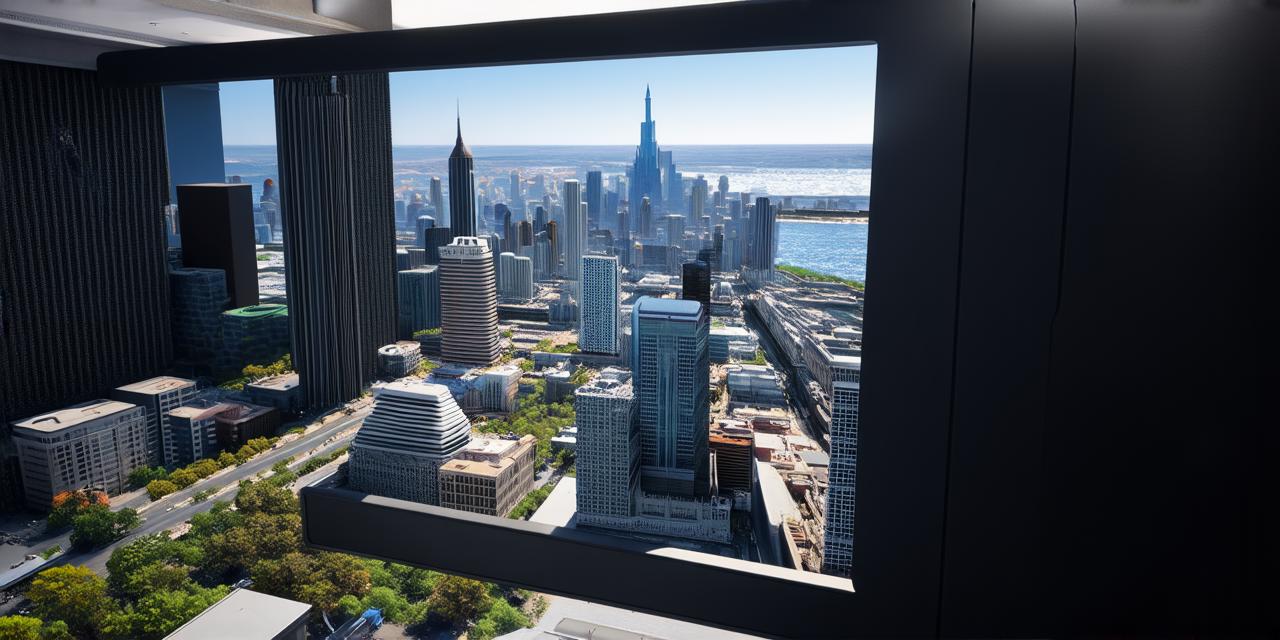
Corrected HTML Code:
Creating a 3D user interface (UI) in Unity can be a daunting task for beginners, but with the right tools and techniques, it can be a breeze.
Before we dive into the details, let’s first understand what a 3D UI is. A 3D UI is a graphical user interface that is rendered in three dimensions, giving it a more immersive and interactive feel. This type of UI is becoming increasingly popular, especially in games and other interactive applications.
Step 1: Setting Up the Scene
The first step in creating a 3D UI in Unity is to set up the scene. This involves creating a new project in Unity and adding the necessary assets, such as cameras, lights, and 3D models.
- Open Unity and select “New Project” from the main menu.
- Choose a template for your project, such as 2D or 3D.
- Name your project and set the location where you want to save it.
- Click “Create” to create your new project.
Once you have created your project, it’s time to add the necessary assets. To do this, follow these steps:
- Open the Project window by selecting “Window” > “Project” from the main menu.
- In the Project window, click the “Assets” folder and then click the “Import Package” button.
- Navigate to the package that contains the assets you want to import and click “Open”.
- Unity will now import the assets into your project. You can drag and drop them into the scene to add them to your project.
Step 2: Creating the UI Elements
Now that we have our scene set up, it’s time to create the UI elements that will make up our 3D UI. Unity has a variety of built-in tools for creating UI elements, including buttons, sliders, and text fields.
- Select “UI” > “Canvas” from the main menu to create a new canvas.
- Drag and drop the UI element you want to create (such as a button) onto the canvas.
- Customize the UI element by changing its size, shape, color, and other properties using the Inspector window.
- Add interactivity to the UI element by attaching scripts to it. For example, you can attach a script that changes the color of the button when it is clicked.

Step 3: Positioning and Layout
Once you have created your UI elements, it’s time to position and layout them in your scene. This involves arranging the elements in a way that is easy for the user to navigate and understand.
- Use the Snap Grid system to align your elements in a grid-like pattern. This will make it easier to adjust their positions and sizes.
- Use anchors to position your elements relative to other objects in the scene. For example, you can anchor a button to the top of a panel to ensure that it is always in the same position.
- Use spacing and padding to create a consistent layout for your UI elements. This will make your UI more visually appealing and easier to use.
Step 4: Adding Interactivity
Finally, it’s time to add interactivity to your 3D UI. This involves creating scripts that respond to user input and change the behavior of your UI elements accordingly.
- Create a new script in Unity by right-clicking in the Project window and selecting “Create” > “C Script”.
- Attach the script to the UI element you want to make interactive.

